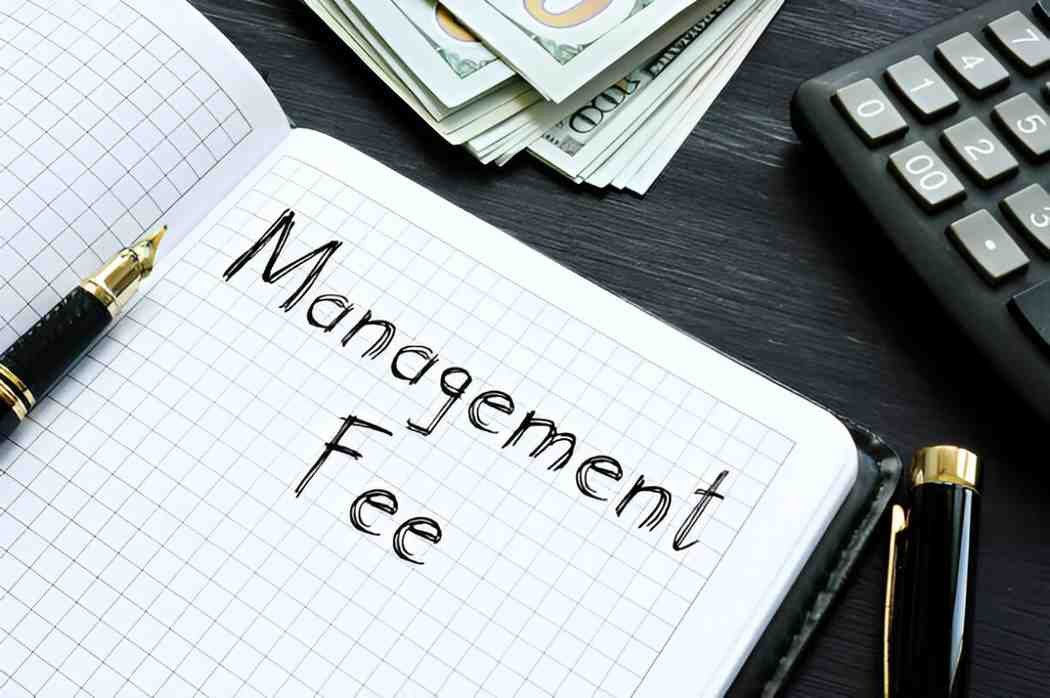Introduction
As an investor, I often weigh the pros and cons of actively managed mutual funds against their passive counterparts. One critical factor that influences my decision is fees. Actively managed funds charge higher fees than index funds, but do they justify the cost? In this article, I dissect actively managed mutual fund fees, their impact on returns, and whether they provide value.
Table of Contents
Understanding Actively Managed Mutual Fund Fees
Actively managed mutual funds employ professional portfolio managers who handpick investments to outperform a benchmark. This expertise comes at a cost, which includes:
- Expense Ratio – The annual fee covering management, administrative, and operational costs.
- Sales Loads – Commissions paid to brokers when buying (front-end load) or selling (back-end load) shares.
- 12b-1 Fees – Marketing and distribution fees.
- Transaction Costs – Brokerage fees and bid-ask spreads from frequent trading.
The Expense Ratio Breakdown
The expense ratio is the most significant fee investors face. It’s expressed as a percentage of assets under management (AUM). For example, a fund with a 1% expense ratio charges \$10 annually for every \$1,000 invested.
Expense ratios vary widely:
| Fund Type | Average Expense Ratio (%) |
|---|---|
| Large-Cap Active Equity | 0.68 |
| Small-Cap Active Equity | 0.96 |
| International Equity | 0.91 |
| Bond Funds | 0.55 |
Source: Investment Company Institute (ICI), 2023
Sales Loads: A Hidden Drag on Returns
Some funds impose sales loads, reducing the initial investment. For instance, a 5% front-end load on a \$10,000 investment means only \$9,500 gets invested. Over time, this upfront cost compounds, eroding returns.
12b-1 Fees: Paying for Marketing
These fees, capped at 1% of AUM, cover distribution expenses. While seemingly small, they add up. A fund with a 0.25% 12b-1 fee and a 0.75% management fee has a total expense ratio of 1%.
The Math Behind Fees and Returns
Fees directly reduce net returns. Consider two funds:
- Fund A (Active): 7% annual return, 1% expense ratio
- Fund B (Index): 6% annual return, 0.1% expense ratio
Over 20 years, a \$10,000 investment grows to:
- Fund A: \$10,000 \times (1 + 0.07 - 0.01)^{20} = \$38,697
- Fund B: \$10,000 \times (1 + 0.06 - 0.001)^{20} = \$32,071
Here, the active fund outperforms despite higher fees. But what if returns are equal?
- Fund A: \$10,000 \times (1 + 0.06 - 0.01)^{20} = \$32,071
- Fund B: \$10,000 \times (1 + 0.06 - 0.001)^{20} = \$32,071
Now, the index fund wins because of lower fees.
Do Active Funds Justify Their Fees?
The Underperformance Problem
Studies show most active funds fail to beat their benchmarks after fees. According to SPIVA, 87% of U.S. large-cap funds underperformed the S&P 500 over 15 years.
Survivorship Bias
Poor-performing funds often close, leaving only successful ones in reports. This skews performance data upward.
Tax Inefficiency
Active funds generate more capital gains due to frequent trading, increasing tax liabilities.
When Active Management Might Work
- Inefficient Markets – Small-cap or emerging market funds may benefit from active stock-picking.
- Skilled Managers – A few consistently outperform, but identifying them beforehand is tough.
- Specialized Strategies – Funds focusing on niche sectors (e.g., healthcare, tech) may add value.
How to Evaluate Fees
- Compare with Peers – Use Morningstar or SEC filings to assess fee competitiveness.
- Check Performance Net of Fees – Look at long-term returns after expenses.
- Avoid Load Funds – No-load funds eliminate sales commissions.
Conclusion
Actively managed mutual fund fees can erode returns, especially if performance lags. While some managers justify their costs, most investors may fare better with low-cost index funds. Before investing, I always scrutinize fees and weigh them against potential benefits.





